17-YO Gurugram Teen Helps Hundreds Switch From Noisy Diesel Mills To Solar-Powered Atta Chakkis
“Earlier, we used to have 14-hour workdays. We had to run the atta chakki (traditional flour mill) with the motor of our tractor, which we only used in the evenings after working in the fields. Now, with solar power, we finish in half the time. We save about Rs 25,000 a month because we no longer have to buy diesel. The EMI we pay is even less than that, and when it is done, we will have free electricity,” says 28-year-old Santosh Kumar, an atta chakki worker from Varanasi.
This change came through the efforts of Aayan Chopra, a 17-year-old schoolboy from Gurugram. While preparing for his Class 12 board exams at the Heritage Xperiential Learning School, Aayan is also leading a growing rural solar energy initiative aimed at improving the lives of small-scale workers across India.
“I have always been interested in renewable energy,” Aayan says, “but the real problems became clear when I was doing my fieldwork in villages during my internship in solar energy. The diesel generators were so noisy that when I asked a chakki worker a question, he couldn’t hear me. That’s when I realised this wasn’t just an energy problem—it was affecting health, education, the environment, and more.”
Born and raised in Gurugram, Aayan’s connection to rural life grew during his visits to Palampur, a village in Himachal Pradesh where his maternal family lives. There, he first noticed how difficult life could be for people in the agricultural sector. “When I saw farmers working so hard and still struggling to make ends meet, I kept wondering, can’t something be done to make this easier?” he tells The Better India.
The internship that sparked a movement
The opportunity came in 2022, when Aayan, then just 15, began interning with Metafin, a cleantech non-banking finance company (NBFC) that provides loans for solar panel installation to small businesses in semi-urban and rural areas.
Over three years, he learnt the ropes of solar energy, conducted field research, and began to understand the challenges faced by micro-entrepreneurs in India’s villages.
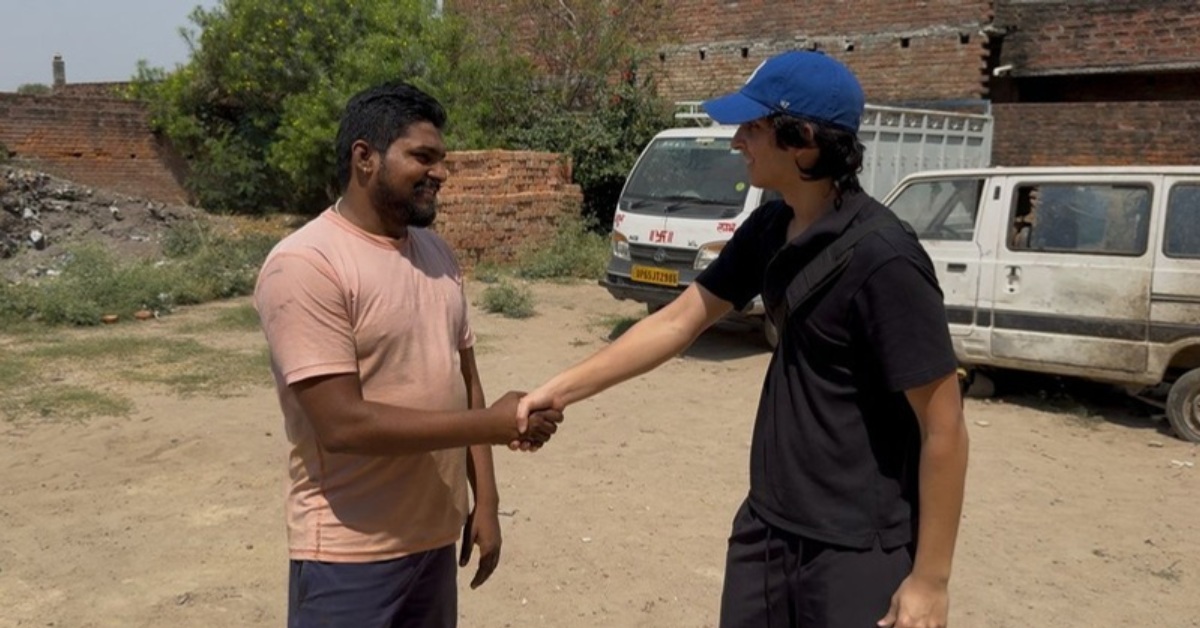 By July 2024, Aayan was able to install the first batch of solar atta chakkis under Project Surya Chakra
By July 2024, Aayan was able to install the first batch of solar atta chakkis under Project Surya Chakra
“One of the biggest pain points was electricity,” he explains. “Rural grid power is often unreliable, so chakki owners had no choice but to use diesel generators. They’re noisy, expensive, and bad for the environment.”
He saw this problem up close during his field visits. “When I visited the chakki mills, the first thing that struck me was the roar of the generators,” he recalls. “The noise was constant and overwhelming. I kept thinking — how do people work like this every day? These workers stood beside those generators for hours — hurting their hearing, disturbing their families, and affecting their children’s ability to study,” he says.
The experience stayed with him.
In 2023, he authored a research paper titled The Role of Solar Panel Implementation in the Lives of MSMEs, further validating what he had seen in the field.
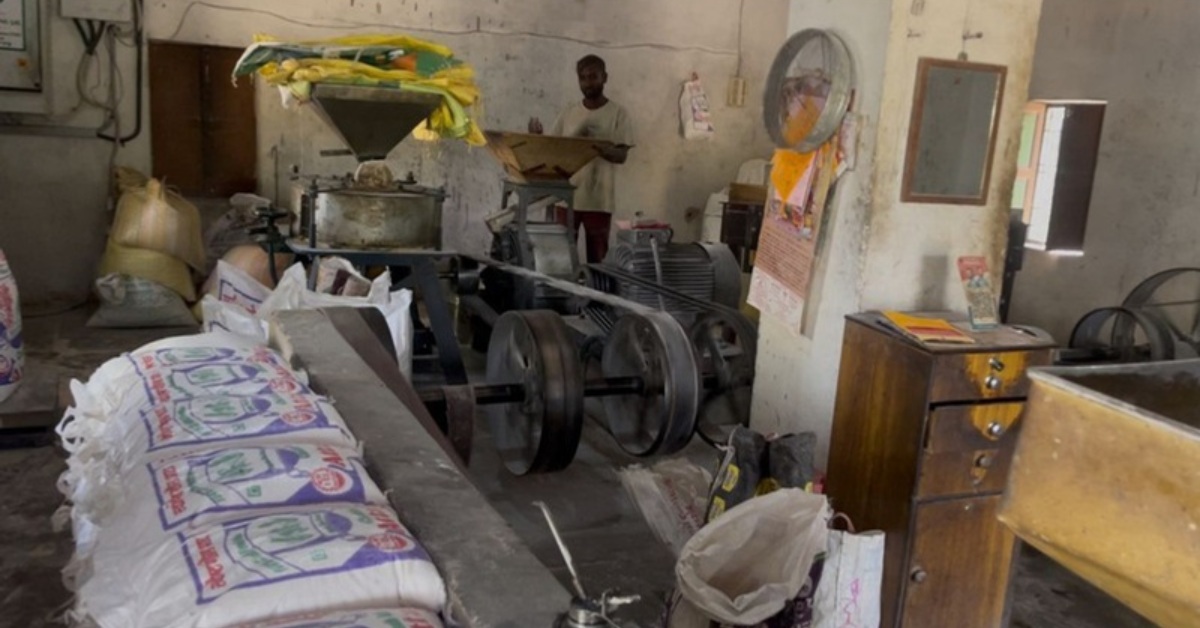 The traditional atta chakkis that are powered by diesel make immense noise that can cause hearing problems
The traditional atta chakkis that are powered by diesel make immense noise that can cause hearing problems
He explains that the idea for Project Surya Chakra began to take shape when he wanted to explore whether solar energy could offer a cleaner and more affordable alternative and how it could improve lives beyond just powering machines.
“We usually install the panels on rooftops to soak up sunlight and convert it into electricity,” Aayan explains. “There are no fuel costs, no deafening noise, and no harmful fumes. Each system generates around 14,400 kWh of clean energy a year — more than enough to keep the chakki running smoothly.”
As Aayan explains, it is more than just replacing a machine; it creates a calmer atmosphere in the whole home. Families observe the difference, and children can focus on their studies without needing to leave the house or deal with distractions.
By July 2024, with Metafin’s backing, the first batch of solar-powered atta chakkis was installed. Today, 15 such mills are running across Uttar Pradesh and Varanasi.
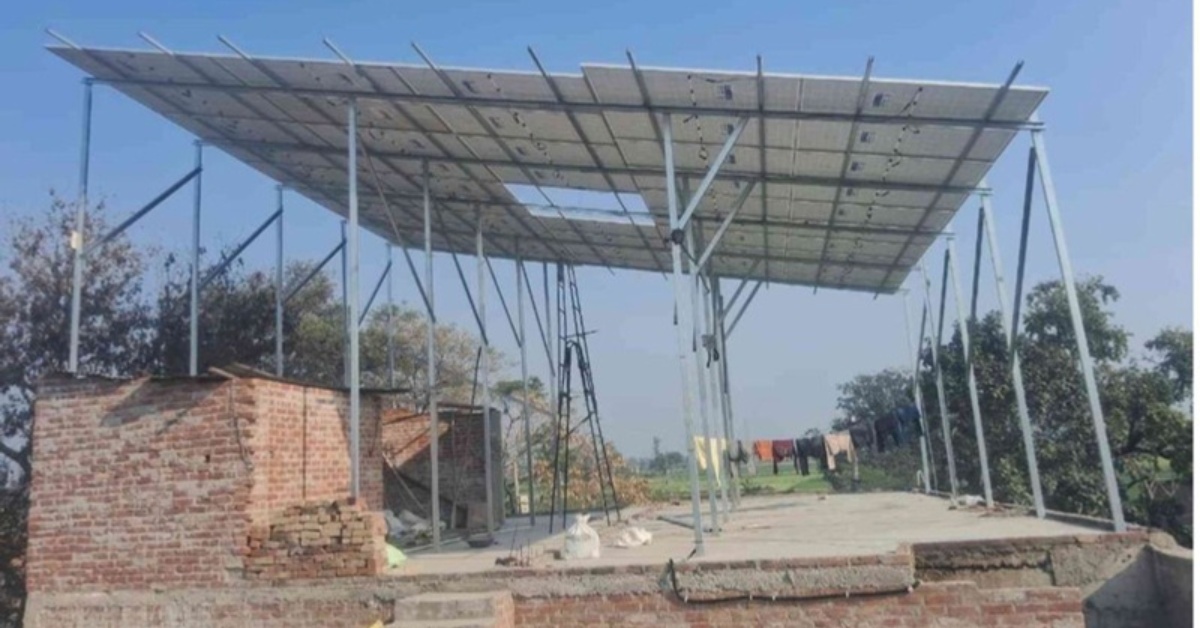 Project Surya Chakra has installed 15 solar atta chakkis so far in Varanasi and Uttar Pradesh
Project Surya Chakra has installed 15 solar atta chakkis so far in Varanasi and Uttar Pradesh
Aditya Shah, co-founder and COO of Metafin, says, “The goals of Project Surya Chakra aligned with our mission of enabling solar in rural India. Aayan’s clarity of purpose and commitment stood out right from the start.”
“We see this model as a way to create grassroots-level impact, and we’re excited to support its growth. Our team is excited about the work Aayan is doing, and we want to help him as much as we can,” he adds.
What real impact looks like
For Santosh, the atta chakki worker from Varanasi, the shift is not only about improving his family’s life but also about contributing to a larger cause. “It makes me happy to see that this solution isn’t just helping me, but also improving the lives of others,” he says. “My main goal is to take care of my family, of course — but when I see our needs being met, along with the needs of our dharti (earth), it makes me feel incredibly satisfied.”
Aayan’s initiative has already made a tangible difference on the ground. So far, over 13,000 litres of diesel have been saved, and around 35,000 kilograms of CO2 emissions have been prevented.
His commitment goes far beyond just installing solar-powered chakkis. He’s spent time in village after village, conducting workshops to help workers truly understand how solar energy can change their lives.
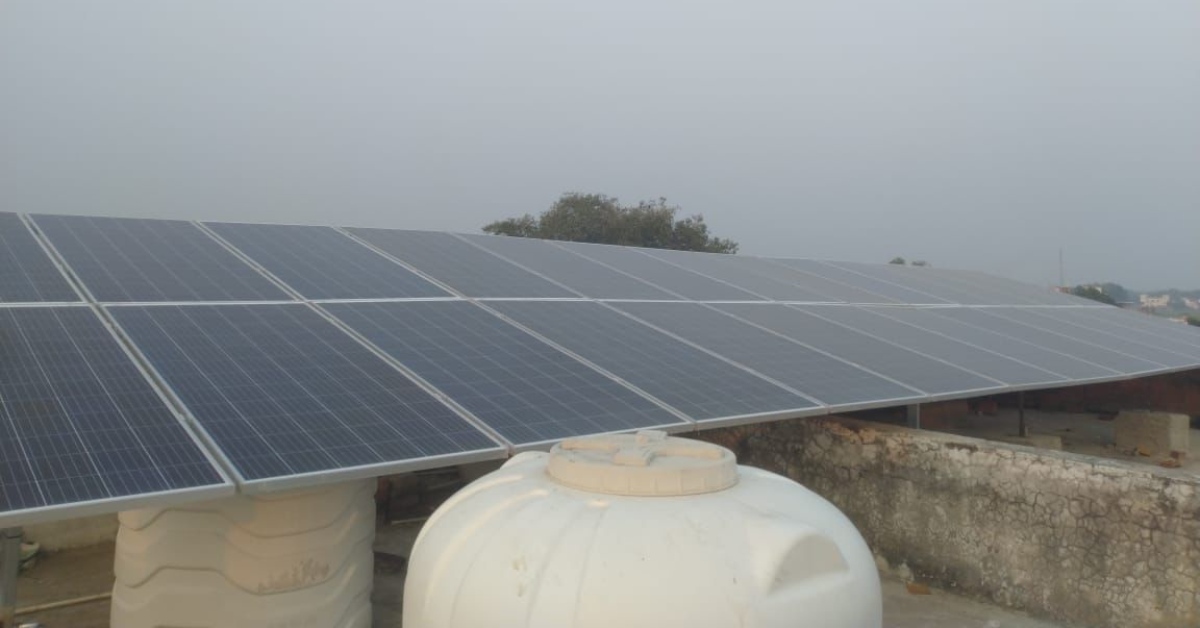 Aayan also conducts workshops to educate rural workers about the benefits of solar atta chakkis
Aayan also conducts workshops to educate rural workers about the benefits of solar atta chakkis
“Many of them had heard of solar atta chakkis, but didn’t really know how they worked or what they could gain,” Aayan says. “In the workshops, we break it all down — how the panels function, what the environmental impact is, and most importantly, how much they’ll save.”
Before attending these sessions, most workers didn’t realise just how much diesel was eating into their earnings. Aayan and his team show them the numbers — lower upfront costs, reduced monthly expenses, and more money in their pockets over time. “Once they see how their profits can grow, the switch starts to make sense,” he adds.
So far, over 5,000 workers across villages like Jaunpur, Badaun, and Azamgarh have attended these sessions. “At first, there’s hesitation,” Aayan admits. “But once they understand the savings and see the bigger picture, they’re excited to make the change.”
Meet the women powering this change
When asked about the impact of Project Surya Chakra, Aayan’s eyes light up as he tells the heartwarming story of a woman who now owns and runs a solar-powered atta chakki.
Aayan remembers his conversation with a woman whose children had to leave the house to study under a street lamp because the house was too noisy. “Now, the house is quiet. I earn more because I can sell my produce at a lower rate, and my upfront costs are lower. The best part is that my kids can finally concentrate on their studies,” she told him.
Women, he adds, have been at the heart of this transformation. Out of the 15 solar chakkis installed so far, eight are run by women. “We didn’t plan it that way,” Aayan says, “but it’s incredibly inspiring. Many of these women are now encouraging others in their villages to make the switch. They are leaders in every sense.”
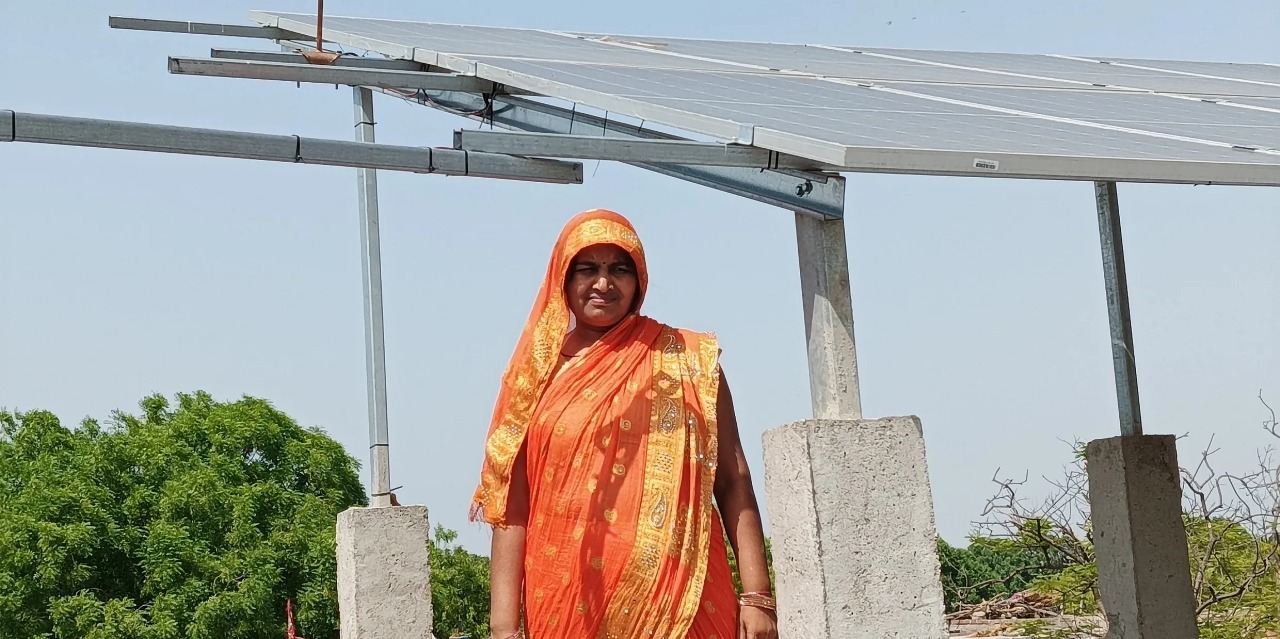 Out of the 15 solar chakkis installed so far, eight are run by women
Out of the 15 solar chakkis installed so far, eight are run by women
‘This project forced me to grow’
None of this has come easily. Aayan had no formal training in website development, rural development, or even public speaking. “I used to be a massive introvert,” he says. “But this project forced me to grow. I had to learn how to email people, how to pitch, how to talk to rural workers in regional dialects, and how to explain technology in simple terms. There were so many days I felt out of my depth. But I kept going because I could see the impact,” he says.
Managing time hasn’t been easy, especially as a student navigating a demanding academic year. It’s meant making some tough choices. He’s cut down on time with friends and family, started waking up earlier, and now dedicates two hours each day to the project — with weekends reserved for fieldwork. Determined not to let either his studies or the project suffer, he focuses on planning each day efficiently and staying productive.
The teenager is now working on a video guide on solar panel maintenance in Hindi, English, and Indian Sign Language, aiming to distribute it to over 5,000 chakki workers. A sustainable education curriculum is also underway to raise awareness among young people about clean energy in the rural economy. He is also raising funds to provide protective eyewear after discovering that grinding mustard releases irritant gases that can harm eyes and lungs.
And Aayan is not stopping there. His five-year goal is to onboard 100 solar atta chakkis and save 1,00,000 litres of diesel. He is also lobbying for government subsidies to lower installation costs and exploring partnerships with private solar manufacturers to source panels at reduced rates.
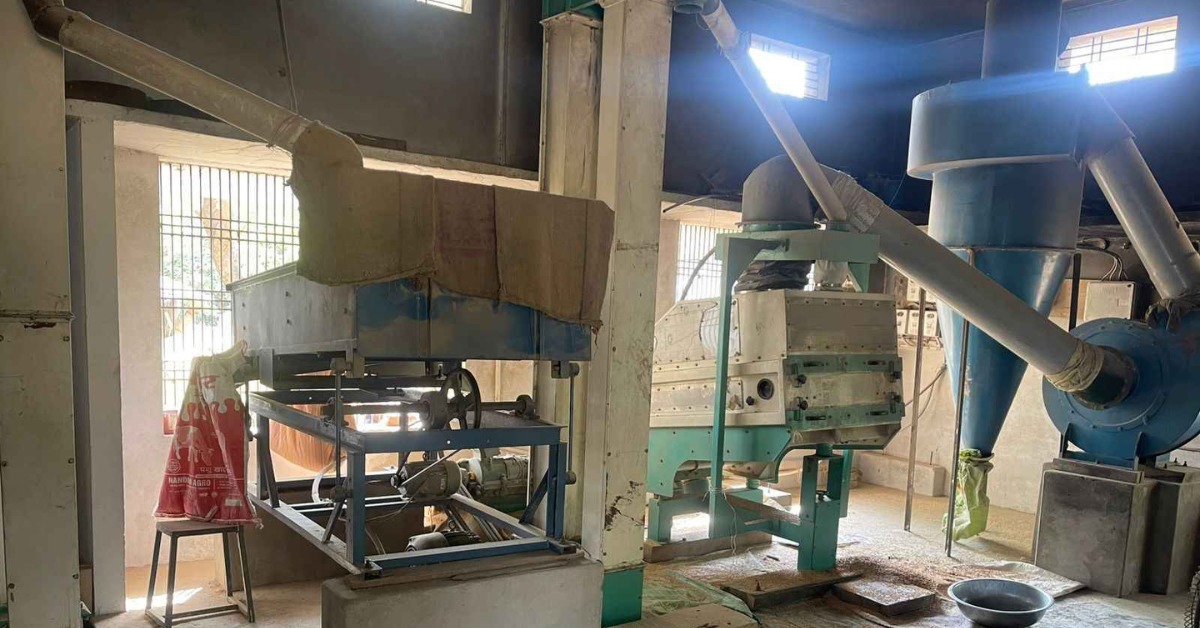 So far, over 13,000 litres of diesel have been saved via the solar chakkis
So far, over 13,000 litres of diesel have been saved via the solar chakkis
But for Aayan, this isn’t just about clean energy or cutting emissions. At its core, his work is about bringing dignity, ease, and pride back to rural livelihoods.
“The more people we can reach, the more lives we can improve,” he says. “Apart from providing clean energy, I want to make sure that the rural workers enjoy an improved and dignified life.”
Edited by Khushi Arora; All pictures courtesy Aayan Chopra
News